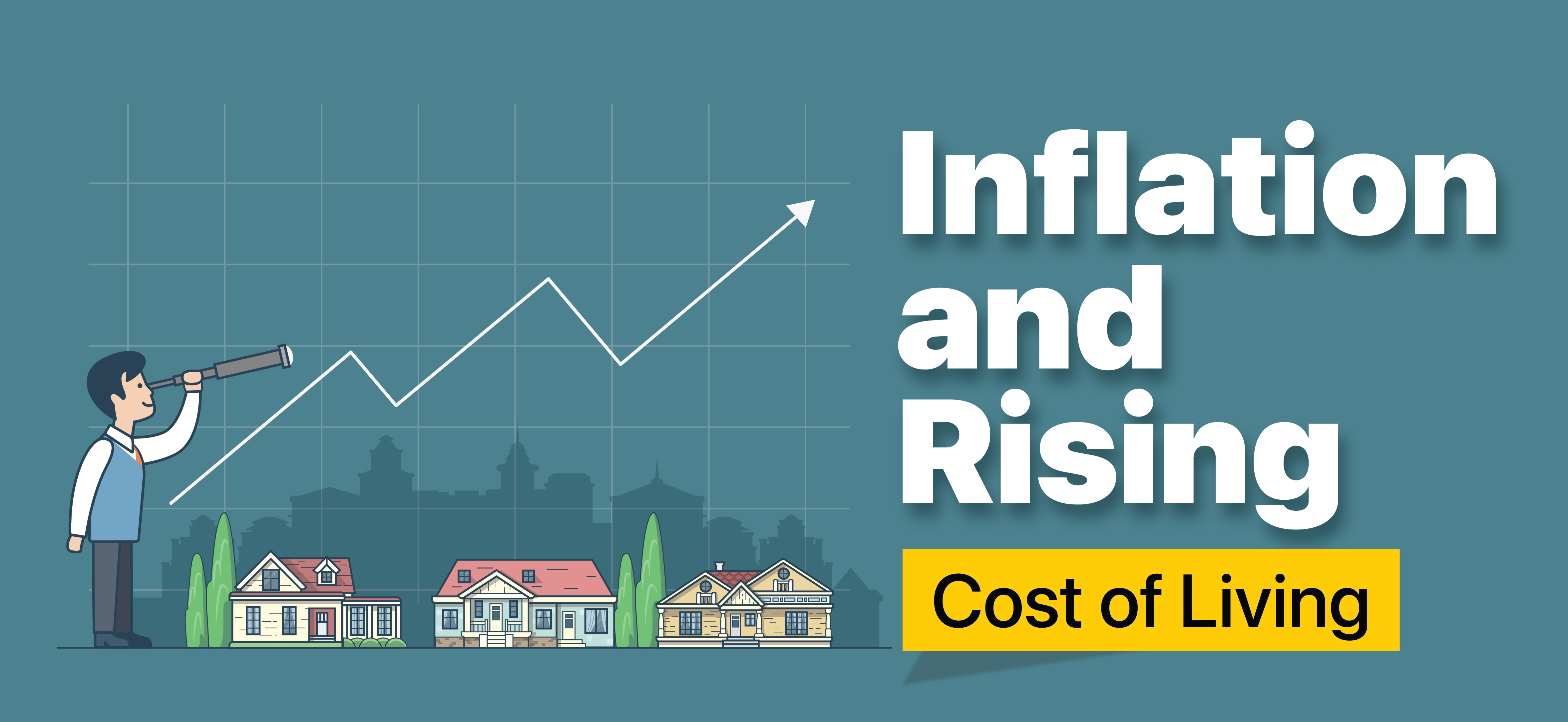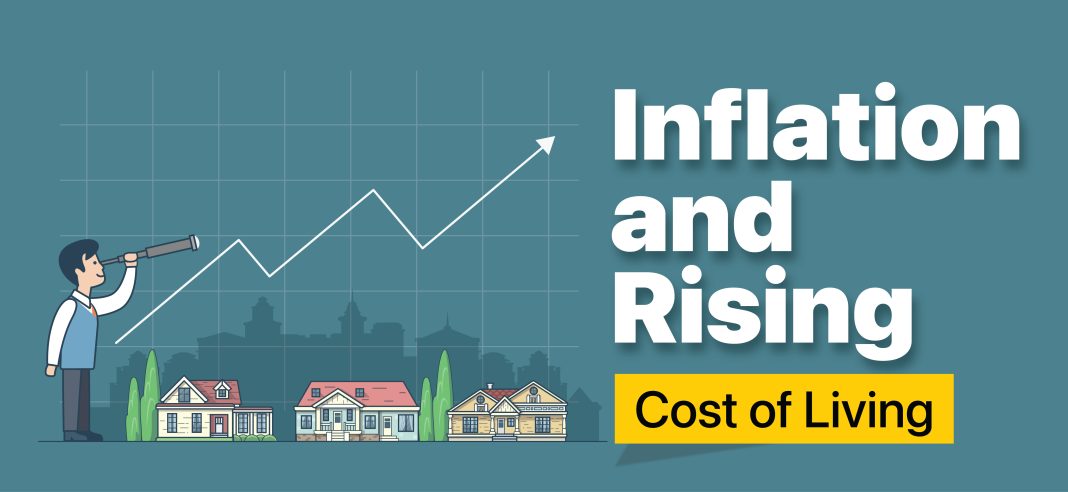 The rising cost of prescription medications in the United States has become a significant burden for many Americans. According to GoodRx, a telemedicine platform, the cost of prescription drugs has increased at a faster rate than inflation over the past decade. Their price tracker shows that between 2014 and May 2024, prescription drug prices rose by 37 percent, compared to the overall inflation rate of 34.27 percent during the same period.
The rising cost of prescription medications in the United States has become a significant burden for many Americans. According to GoodRx, a telemedicine platform, the cost of prescription drugs has increased at a faster rate than inflation over the past decade. Their price tracker shows that between 2014 and May 2024, prescription drug prices rose by 37 percent, compared to the overall inflation rate of 34.27 percent during the same period.
This increase in prescription drug prices has led to more out-of-pocket spending for Americans. In fact, the total out-of-pocket spending for prescription drugs in 2024 is already at $21 billion, with an average spending of $16.26 per prescription. GoodRx attributes this shift in cost burden to consumers to the complexity and restrictions of prescription insurance coverage.
A survey conducted by GoodRx revealed that one in four Americans have at least one drug prescribed that their insurance policy does not cover. This lack of coverage puts individuals in a difficult position, as they are forced to pay for medication out of their own pockets. Not surprisingly, many Americans choose not to fill their prescriptions due to the high cost. The survey found that the most common reason for not filling a prescription was that it was “too expensive.” This non-adherence to prescribed medications can have negative consequences, worsening chronic conditions and leading to poor health outcomes in the long run.
The debate over the high cost of prescription drugs has gained attention at a national level. In a Senate committee hearing in February, CEOs of drug companies faced scrutiny from lawmakers, including Sen. Bernie Sanders. Sanders placed the blame for high drug prices on Big Pharma, stating that the pharmaceutical industry is the primary beneficiary of these prices. He also criticized the lack of government regulation on drug companies.
However, the CEOs of these companies argued that the variations in list prices are due to the complexities of the healthcare system. They highlighted the differences between the healthcare systems in the United States and Canada as a reason for the disparity in drug prices. Chris Boerner, CEO of Bristol Myers Squibb, noted that his company cannot commit to equalizing the prices of their products in both countries.
While the debate continues, the Centers for Medicare & Medicaid Services (CMS) announced measures to lower drug costs for Medicare enrollees. CMS stated that people enrolled in Medicare will pay less for 64 drugs available through Part B plans. These drugs were identified as having price increases higher than the inflation rate, leading to a reduction in the coinsurance rate for these medications.
The Biden-Harris Administration also expressed their commitment to reducing healthcare and prescription drug costs for all Americans. Neera Tanden, White House Domestic Policy advisor, stated that the administration will continue to fight for affordable healthcare and medications.
In conclusion, the rising cost of prescription medications in the United States has created financial burdens for many Americans. The lack of insurance coverage for certain drugs and the high out-of-pocket expenses have led to non-adherence and worsened health outcomes. The debate over drug prices involves discussions on government regulation, complexities of the healthcare system, and international comparisons. However, recent measures by CMS aim to reduce drug costs for Medicare enrollees, signaling a step towards more affordable medications. The Biden-Harris Administration also remains committed to addressing the issue of high healthcare and prescription drug costs for all Americans.


